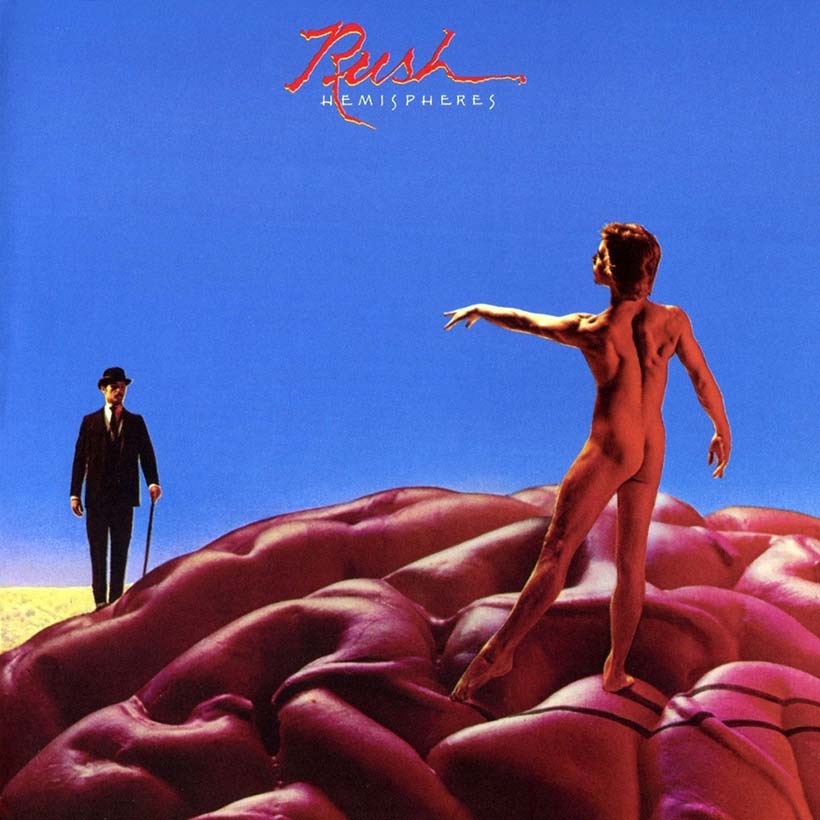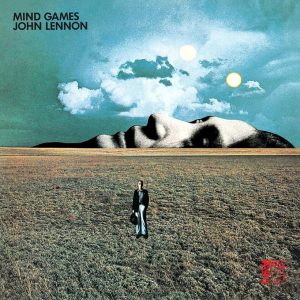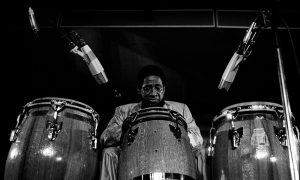By the time Rush were in London to record their sixth album, Hemispheres, the Canadian three-piece were thoroughly prepared, having spent more than a month rehearsing and honing the instrumentals. “We had to be perfect,” said singer and bassist Geddy Lee. “We had to push ourselves and raise our game… that was a very ambitious recording.”
Listen to the 40th-anniversary edition of Hemispheres on Apple Music and Apple Music and Spotify.
Hemispheres, released on October 29, 1978, was the follow-up to the previous year’s acclaimed A Farewell To Kings. The album opened with the towering “Cygnus X-1 Book II: Hemispheres,” which took up the whole first side of the original vinyl.
The extended 18-minute track, full of complex rhythms and time signatures, has a dreamy 70s atmosphere. As an album, Hemispheres examines and analyzes human psychology via the left and right portions of the brain – a concept developed by lyricist and drummer Neil Peart – and this multi-part fantasy song ranges across space and Greek mythology.
Side Two of what guitarist Alex Lifeson called “a key transitional album” opens with “Circumstances,” Peart’s song of disillusionment and lost innocence. The lyrics “Plus ça change/Plus c’est la même chose/The more that things change/The more they stay the same” also taught a generation of teenage prog-rock fans some basic French.
After Hemispheres’ release, the song “The Trees” became a staple of live Rush performances. Though the build up to the album had instilled a bucolic feeling in the band – they had taken long walks in the British countryside and woken to the sounds of sheep bleating – the song is more than just a gentle political parable. Describing it to Rolling Stone as “this evil little fairy tale with a nasty ending,” Lee also admitted that the songs on the album had been a difficult range in which to sing, even for his “goofy voice.”
Produced by Terry Brown, “The Trees” opens with some delicate classical guitar from Lifeson. Spanish guitar was used on the album’s closing track, the tour de force “La Villa Strangiato,” arguably the finest instrumental the band ever cut. With a title that translates as “the strange house,” the piece was based on dreams Lifeson had been having. He told the band about them, and the nine-minute instrumental – subtitled “An Exercise In Self-Indulgence” – was written while they were touring.
“This song was recorded in one take, with all of us in the same room, and we would look at each other for the cues,” said Lifeson. “My solo in the middle section was overdubbed after we recorded the basic tracks. I played a solo while we did the first take and re-recorded it later. If you listen very carefully, you can hear the other solo ghosted in the background. That was a fun exercise in developing a lot of different sections in an instrumental. It gave everyone the chance to stretch out.”
Hemispheres was a challenging album to make, but it marks a pivotal point in the history of Rush. The album perfectly captured where their heads were at the time and showed the trio’s ability to construct an extended conceptual aesthetic, brought to life with skillful and inventive musicianship.




